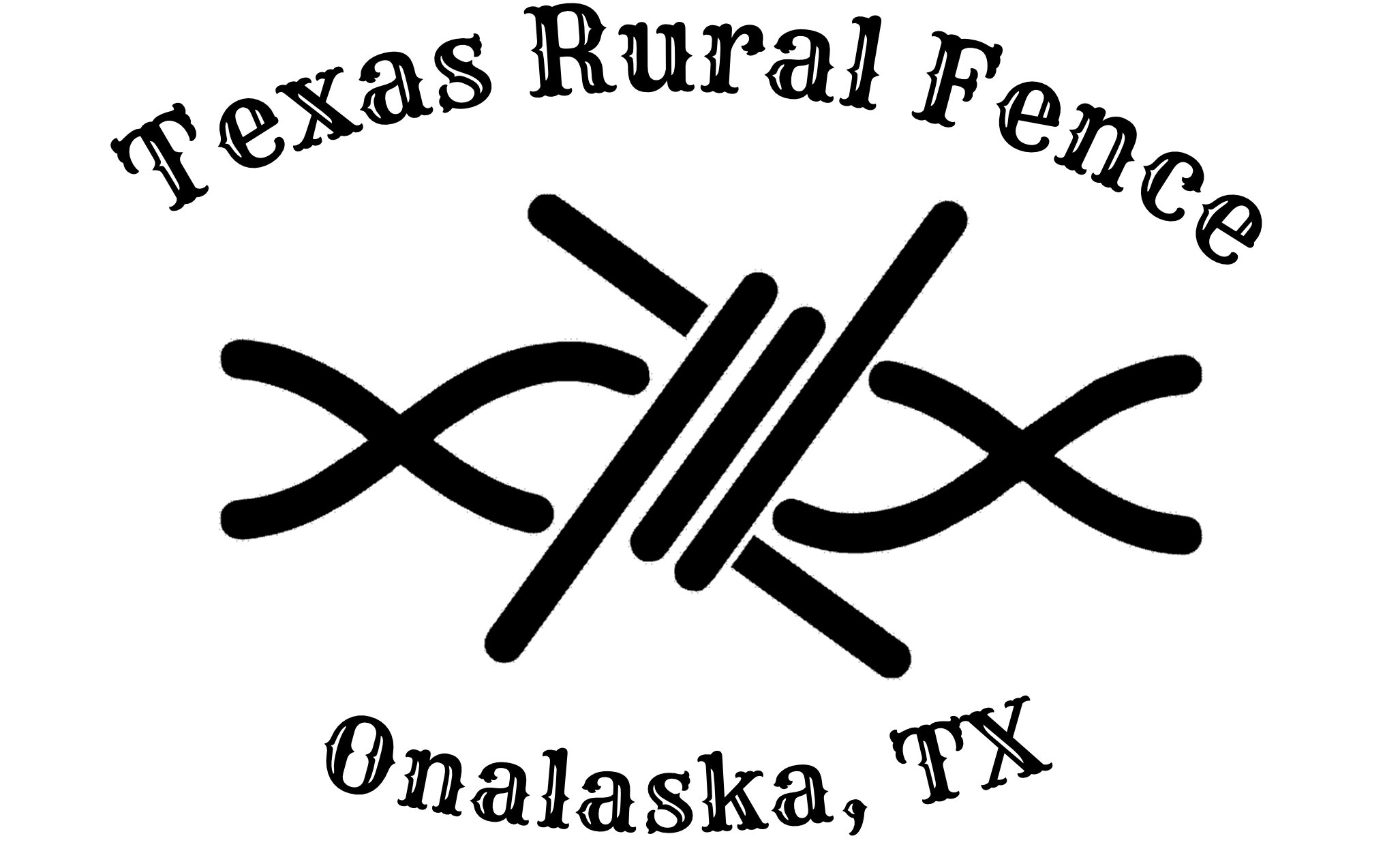
BE THE FIRST TO KNOW
Subscribe to the Livingston Fence newsletter to receive updates on material pricing, scheduling, and new products.
FREE ESTIMATE
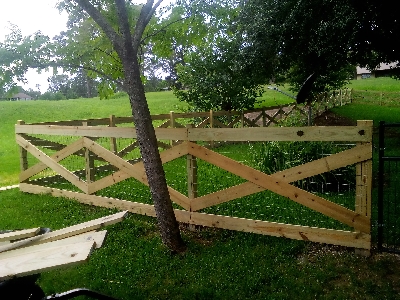
Construction projects, whether large or small, require careful planning and execution. This HTML document provides comprehensive information on fence construction, deck construction, gate installation, and general construction. We will discuss the key considerations, materials, tools, and techniques involved in each of these areas.
If you would like a list and short descriptions of all of the types of fence that we typically installs please go to our fence installation near me page to find out more.
Fences provide privacy, security, and aesthetic appeal to properties. When constructing a fence, several factors come into play, such as selecting the right materials, determining the appropriate height, and following local building codes. This section will cover various fence types, including wooden, vinyl, and chain-link fences, along with the necessary steps for their installation. We install residential fencing, commercial fencing, Ag Fence (farm & ranch), decorative fence, security fencing, and industrial fence.
Wooden fences are popular due to their natural beauty and versatility. We will discuss the materials required, such as posts, rails, and pickets, as well as the necessary tools and techniques for constructing a sturdy wooden fence whether it be cedar fencing material or pressure treated fence material used. Additionally, we will cover the process of staining or painting the fence for protection and aesthetics.
Vinyl fences are known for their durability and low maintenance. This section will explain the steps involved in installing a vinyl fence, including preparing the ground, setting the posts, and attaching the panels. We will also discuss the benefits of vinyl fences and how to properly care for them.

Chain-link fences are commonly used for security purposes and are relatively easy to install. We will go through the process of setting up a chain-link fence, including post installation, attaching the fabric, and adding gates. Additionally, we will provide tips on enhancing the fence's appearance and longevity.
Decks are outdoor spaces that extend the living area of a property. Building a deck requires careful planning, structural considerations, and knowledge of different decking materials. In this section, we will cover the steps involved in constructing a deck, including site preparation, designing the layout, selecting the right materials, and proper installation techniques.
Before starting a deck construction project, it is crucial to have a well-thought-out design and plan in place. We will discuss the key elements of deck design, including determining the size, shape, and height of the deck, as well as considering factors such as load-bearing capacity, railing requirements, and access points.
There is a wide range of deck materials available, each with its own advantages and considerations. We will explore popular choices such as wood, composite, and PVC decking, discussing their pros and cons, durability, maintenance requirements, and cost considerations. By understanding the different materials, you can make an informed decision based on your preferences and budget.
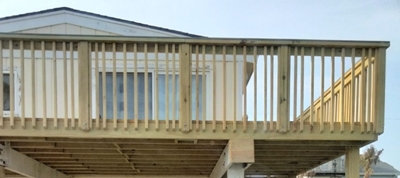
This section will guide you through the step-by-step process of building a deck. From preparing the site and creating a sturdy foundation to framing, installing decking boards, and adding railings, you will learn the essential techniques for a successful deck construction project. We will also cover important safety considerations and provide tips for maintaining and preserving your deck.
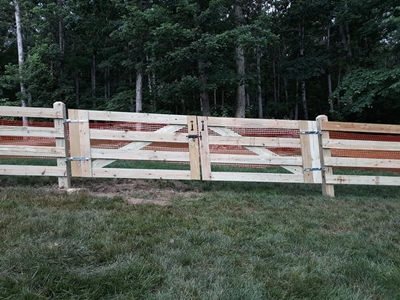
Gates provide access points and enhance security for fences and other structures. Whether you are installing a gate as part of a fence or standalone, proper installation is crucial for functionality and longevity. This section will cover the different types of gates, such as swing gates and sliding gates, and provide guidelines for their installation.
Swing gates are a common choice for residential properties. We will discuss the necessary steps for installing a swing gate, including measuring and leveling, setting posts, attaching hinges, and installing a latch or lock. Additionally, we will address common issues and provide tips for maintenance to ensure smooth gate operation.
Sliding gates are suitable for properties with limited space or driveways on an incline. This section will explain the process of installing a sliding gate, which involves constructing a track, installing rollers or a carriage system, and ensuring proper alignment. We will also cover safety considerations and maintenance tips for sliding gates.
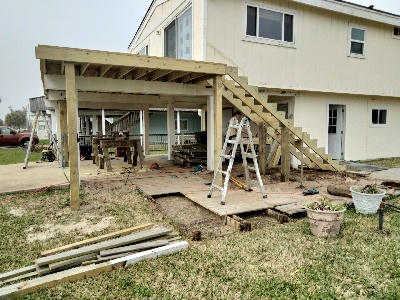
General construction encompasses various aspects of building and renovation projects. This section will provide an overview of essential considerations and techniques that apply to multiple construction scenarios, irrespective of specific projects like fences, decks, or gates.
Before starting any construction project, careful planning is necessary. We will discuss the importance of creating a detailed project plan, including defining project goals, estimating resources, creating a timeline, and considering potential challenges. Proper planning ensures smooth execution and helps minimize delays and cost overruns.
The choice of materials and tools significantly impacts the quality and durability of a construction project. This section will cover essential considerations for selecting construction materials, such as evaluating quality, durability, and sustainability. Additionally, we will discuss the must-have tools for general construction and their proper usage.
Understanding and applying appropriate construction techniques is essential for achieving high-quality and long-lasting results. We will cover various techniques, such as measuring and marking, cutting and fastening, framing, and finishing. Additionally, we will address safety precautions and best practices to ensure a successful construction project.
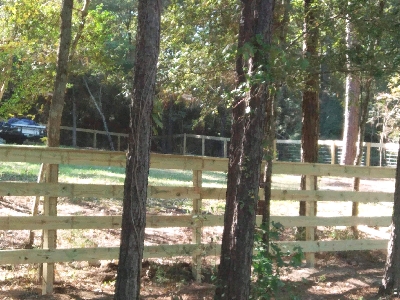
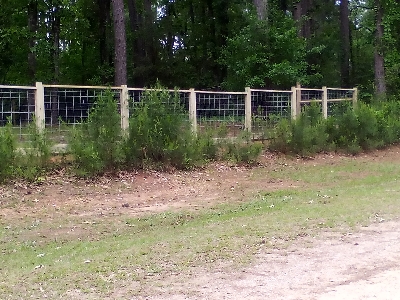

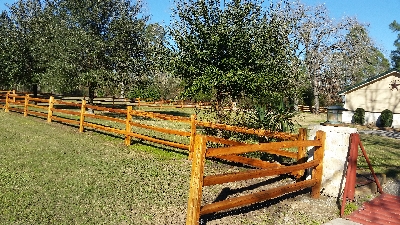
These are just some of the most common types of fencing available. Each type has its own unique features, benefits, and considerations, so it's important to choose the one that best suits your needs and preferences.
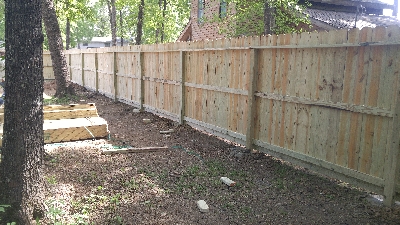
Construction projects require careful planning, proper execution, and knowledge of specific techniques and materials. Whether you are considering fence construction, deck construction, gate installation, or general construction. By following the guidelines and considering the tips and techniques outlined in each section, you can successfully complete your construction projects with confidence.
Sometimes building your own fence or deck can take up more time than you can commit to. In other instances physical limitations may require you to seek help. Find out why you should choose us for your fence or deck project.